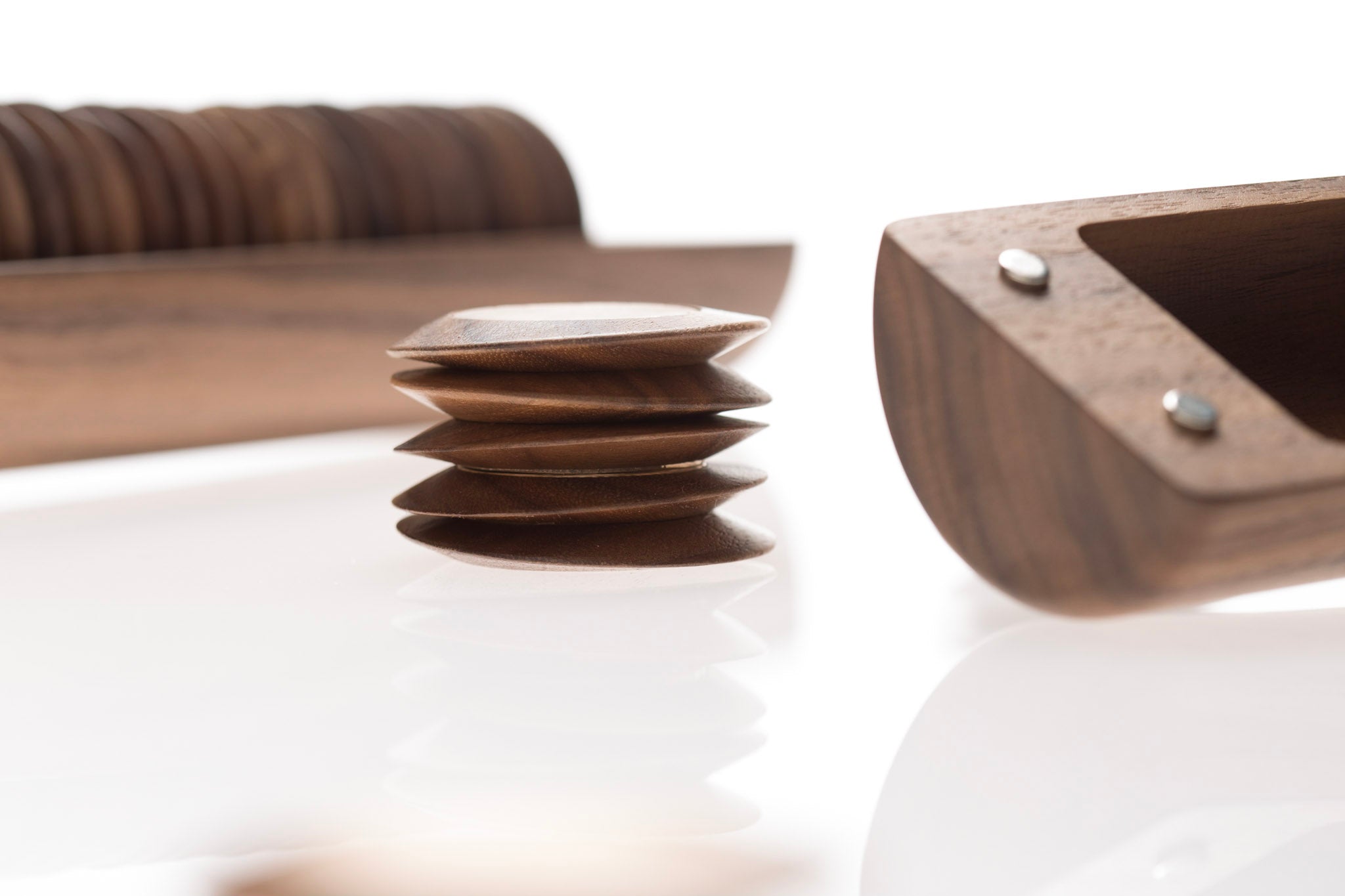
Flying vehicles have dominated the visions of futuristic transportation for decades. Despite its appeal, flying technology has not significantly evolved. Meanwhile advances in communication, sensors, and artificial intelligence have brought a different major transportation leap within our reach: autonomous vehicles. As engineers are swiftly developing autonomous vehicle technology, other disciplines such as architects and urban planners should be considering how to positively weave the imminent changes into the fabric of our cities. Successful cities of the future will take full advantage of what this technology has to offer.
With countless possibilities to imagine, IIT’s Driverless City Project, led by Marshall Brown (currently Associate Professor of Architecture and Director of the Center for Architecture, Urbanism, and Infrastructure at Princeton), researched how autonomous vehicles could affect mobility, urbanism, and social life, including delivery, parking, commuter and street space. The team approached Crucial Detail’s Martin Kastner to collaborate on the design of a scenario building game introducing the complexities of the swiftly approaching future. In Mr. Brown’s post below, he explains the concept of the Driverless City Scenario Builder.
Driverless City
by Marshall Brown
I am an architect, urbanist, and former Associate Professor at the Illinois Institute of Technology. I led the IIT Driverless City Project which asks how we can use driverless technology to turn transportation infrastructure into human infrastructure for the 21st century. I became interested in the topic, because transportation technology has always had dramatic effects on the shape of our world, since the invention of the wheel. The most interesting impact of the current mobility revolution is that streets could be reclaimed as civic spaces, rather than just places for cars and trucks.
I formed a team to investigate the topic of Driverless Cities in 2015 as part of the Illinois Institute of Technology’s Nayar Prize, which granted $100,000 to conduct research over the course of one year.

As part of that research, we produced the Driverless City Scenario Builder, which is an instrument our team developed in collaboration with Martin Kastner and Crucial Detail. It is designed to facilitate exploration, imagination and reflection about human-centered cities in the age of driverless cars. The introduction of these technologies could have far reaching opportunities for changes in the ways we live, work, and build. Transportation technologies change the relationship between space and time, bringing distant places closer together. Therefore, metropolitan areas may spread farther, if longer commutes become easier. Parking will not disappear, but could be reconfigured in ways that radically transforms our environment. Public transportation could possibly be shifted from buses and trains to much more flexible, responsive, and convenient systems. The main obstacles to engaging these opportunities are the self-imposed limits on our own imaginations. The Scenario Builder was designed to help us break from and exceed those limitations.
When we first met with Martin, we had a clear idea of the concept and content, but we were unclear about the form or the interaction. We hoped to create something with a futurist concept and a timeless form. Crucial Detail worked with us to develop this prototype, which achieved both of those goals.

The Scenario Builder is used to inspire conversations and stories about the future of mobility, urbanism, and social life. It consists of 100 double sided tokens, each one with a bronze core surrounded by a beveled walnut ring. On each side is a single term relating to urbanism, infrastructure, technology, ecology, or culture. The interaction is intended to be intimate, usually involving two people. One is the Traveler who brings a question about the future of mobility, urbanism, and social life. The other is the Navigator who responds to the question.
The first step is to relax. It’s important to start with a blank mind and let the interaction lead your imagination. The Traveler starts the conversation by asking a question about the future. The Navigator then shuffles the tokens then lets the Traveler choose five. The Navigator makes an arc with the selected tokens to create hierarchy and shape a story. To develop the story further, the Traveler can ask additional questions and draw additional tokens. As the conversation unfolds, the Traveler can record the story to be recounted or expanded later.

In an early test of the Scenario Builder, we projected a future where, in order to promote greater equality of service, the Mayor supported a public version of ride sharing in our city. This somehow resulted in reduced ridership on trains, but ironically also encouraged upgrades and public investment in roads and parking because of increased traffic. This scenario causes us to think beyond the zero sum opposition between public and private services and infrastructure, and imagine a world in which those categories become increasingly blurred.
In the best possible scenario, driverless technology could be an enormous opportunity for underserved people around the world who currently have little access to transportation. This would be a revolution much like the mobile phone or the original automobile a century ago, creating greater access to work, resources, and potentially greater freedom to live better lives.

